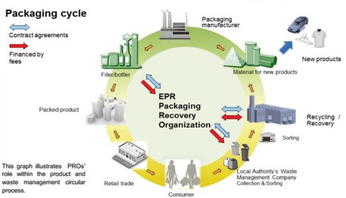Measuring Permeation of Gases and Vapours through Polymer Substrates and Barrier Layers
Presented by Holger Nörenberg, Technolox Ltd.
Transmission of gases and vapours through films –usually referred to as permeation- is a determining factor for the lifetime of products. Examples reach from food packages to electronic components such as flexible displays and solar cells, where the permeation of oxygen, water vapour etc. needs to be small or virtually eliminated.
Technical permeation measurements reach back about 100 years. In 1912 the US Patent Office granted patent 1,014,842 for a “Method of and Apparatus for Testing Paint”. This method used a gravimetric technique, modified versions of which are still in use. Since then a wealth of methods for measuring the transmission of gases and vapour has been developed. A lot of activity to develop new techniques for permeation measurements during the last few years was triggered by requirements from manufacturers of flexible electronics. For example extremely low rates of
oxygen and water vapor transmission are needed for flexible displays; the “magic number” for water vapour permeation in this field is 10-6 g/m2/day. This is the equivalent of one droplet of water of 1 mm diameter through a 17” screen in 10 years!
This post is for paying members only
SubscribeAlready have an account? Log in

